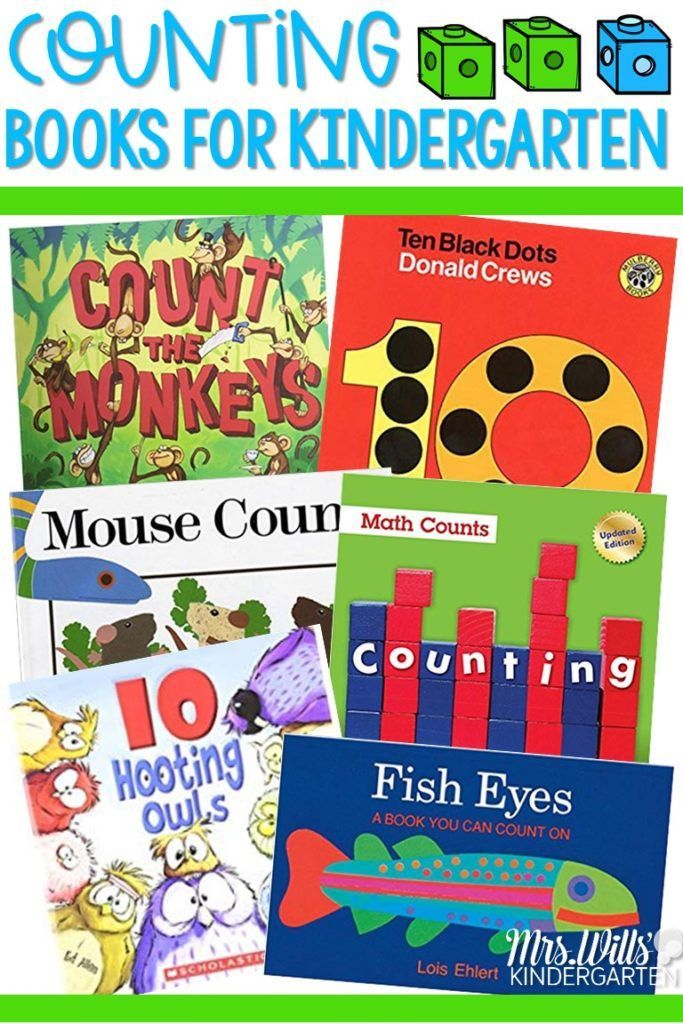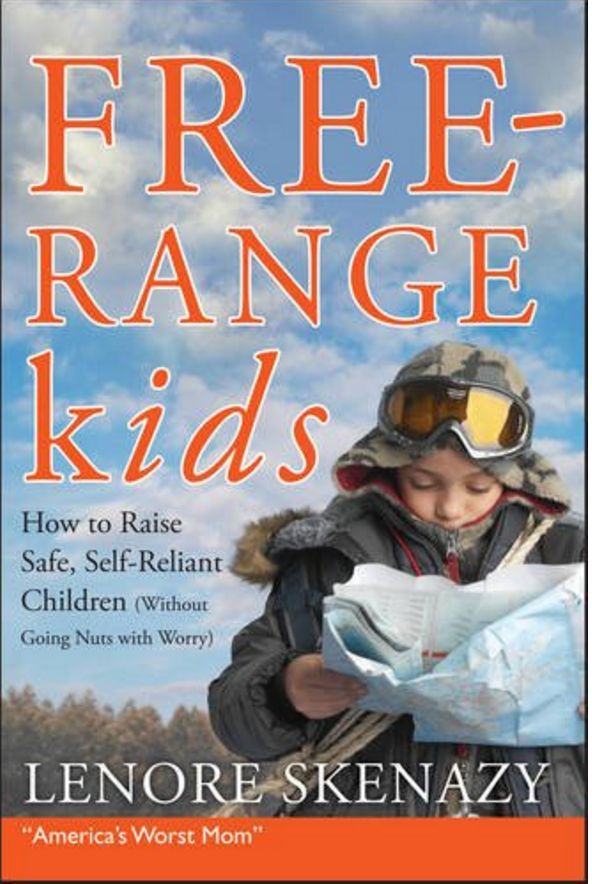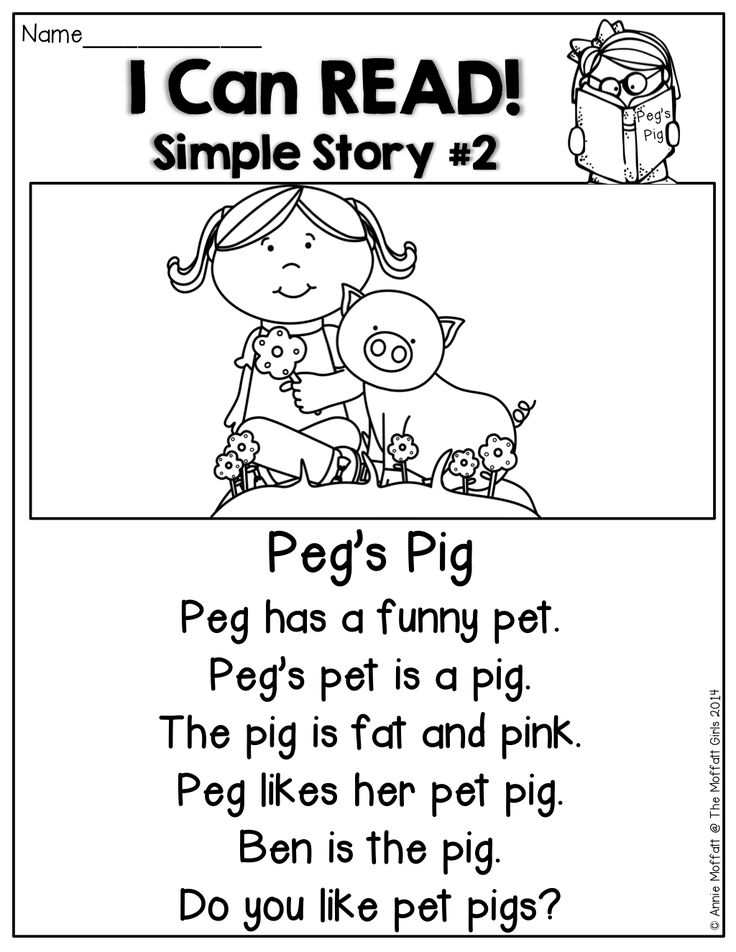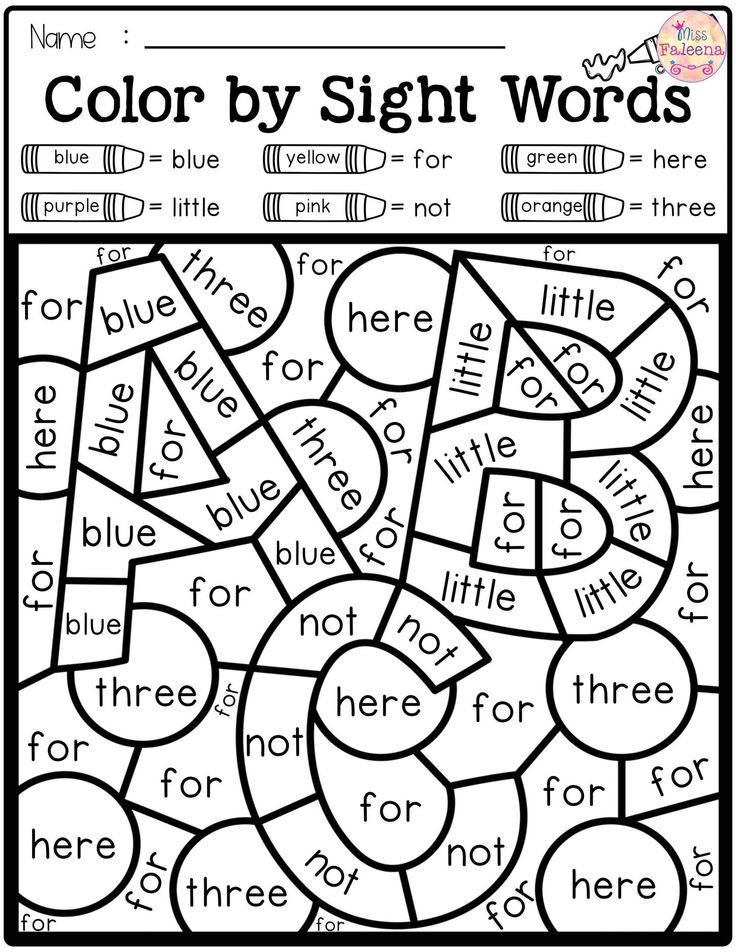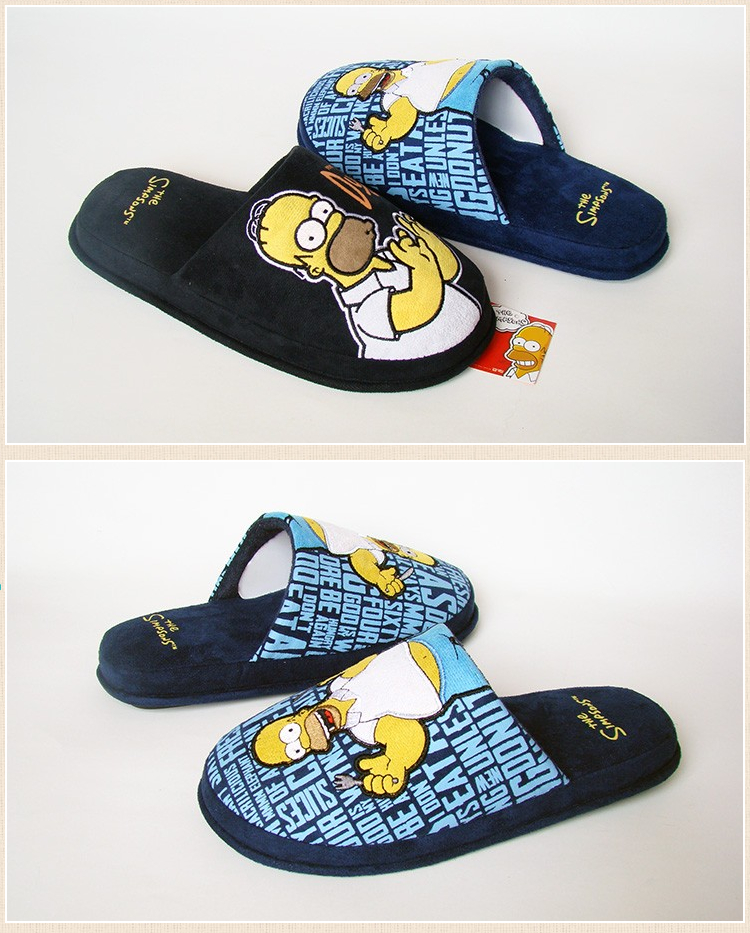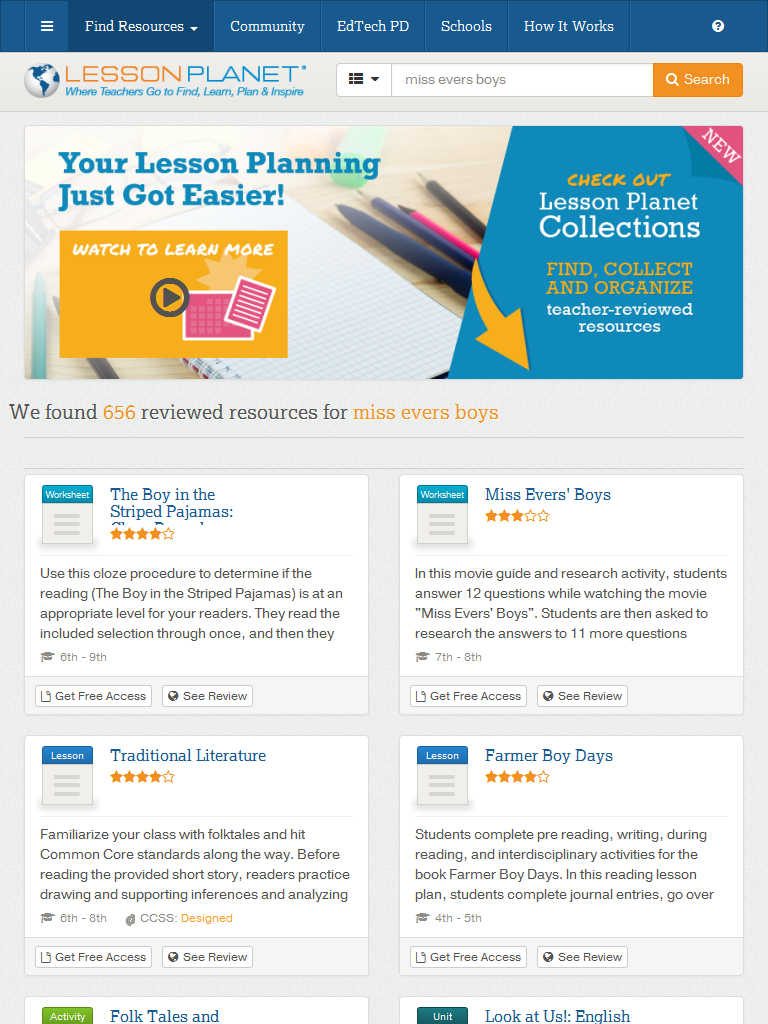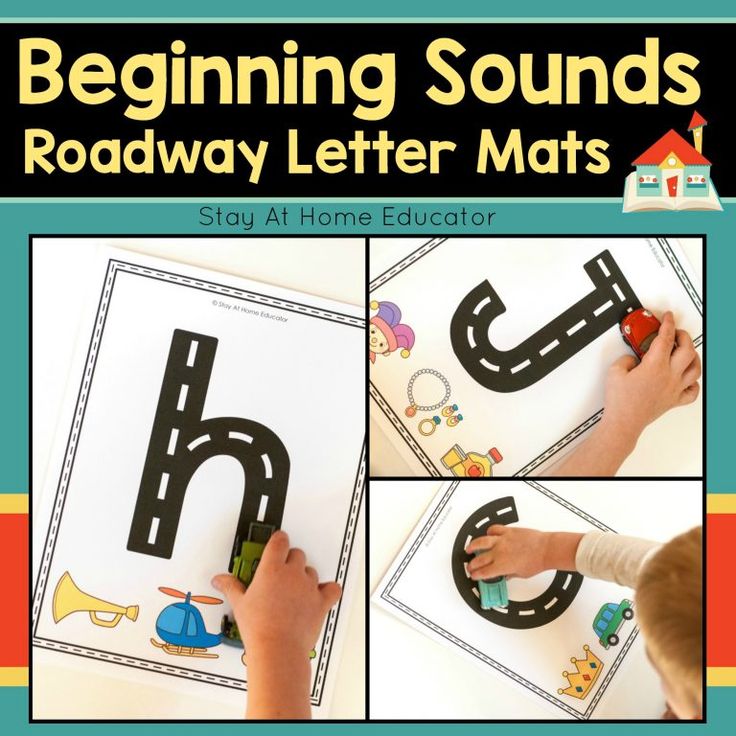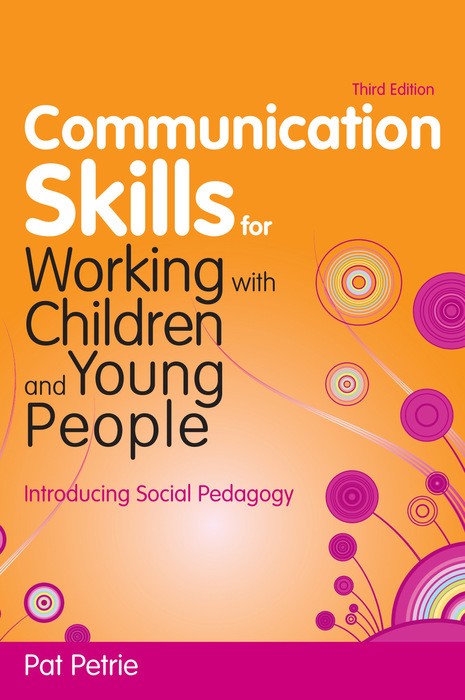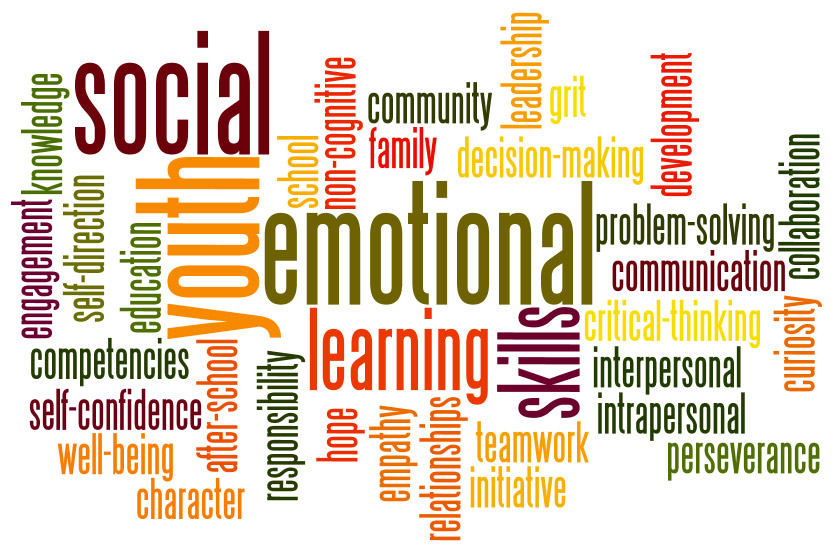Teach kindergarten math
6 Tips to Teach Kindergarten Math Without Curriculum
This year, I’m teaching my daughter kindergarten math without curriculum. Kindergarten is the perfect time to “play” school, and kindergarten mathematics is the best place to start with making learning fun.
When my oldest was beginning kindergarten, I excitedly bought a variety of curriculum for him so I could find the best. I had more teacher’s manuals than I could count on one hand. As a result, there were many tears. I persevered. He loved learning (especially math), so he survived the year of double math (among other things).
But each child is different. I knew that if I forced a the same methods and curricula on second child, it would only cause her to hate school time. I needed a new solution. To my surprise, our best result has been to completely drop the kindergarten math curriculum. Here are some tips to make sure your kindergarten math time nurtures your five- or six-year-old child’s natural love for learning.
Use games. Playing card games and board games helps my daughter gain basic number recognition as we count around a board, recognize doubles, and recognize common number pairs. Our current favorite game to play during math time is Skip-Bo, which builds on number sense in great ways!
Read great books. I love reading with my kids. Much of the time, a great picture book can introduce a mathematical concept to a kindergarten-age child in a way that is more memorable than any worksheet-based curriculum could do so. You could even make up your own stories as you go about your days.
Make it real. My daughter loves her analog watch. It helps that it is Minnie Mouse that shows her the time! As we make a schedule and set timers, she learns about passing time, time in general, and reading the time (very generally, at least, in terms of hours). She also loves getting money and shopping at a garage sale with me. Since garage sales deal with small amounts of money (and we can usually find something for a quarter), this is great practical experience. Consider having your child help cook to learn fractions, and counting the bottles of tomato sauce on a grocery run. Even things as simple as helping set the table (How many plates? How many knives?) can count as kindergarten math.
Consider having your child help cook to learn fractions, and counting the bottles of tomato sauce on a grocery run. Even things as simple as helping set the table (How many plates? How many knives?) can count as kindergarten math.
Get moving. My daughter loves anything involving running or jumping around! Use your trampoline to practice counting by tens, or make your math practice a dance party.
Play with toys. In teacher talk, a “manipulative” is something that a child can hold (or manipulate) to help solidify a concept. In your home classroom, anything can be a manipulative! We play with beads, marshmallows, paperclips, pom-poms, mini-erasers, stuffed animals, snap cubes, small plastic jumping frogs. Anything goes! If you can count it, it can be used for math learning. I love the math curriculum-provided manipulatives too, like Cuisenaire rods (also called centimeter rods).
After Planning. As a new homeschool mom, I know would have panicked if someone had suggested ditching the curriculum.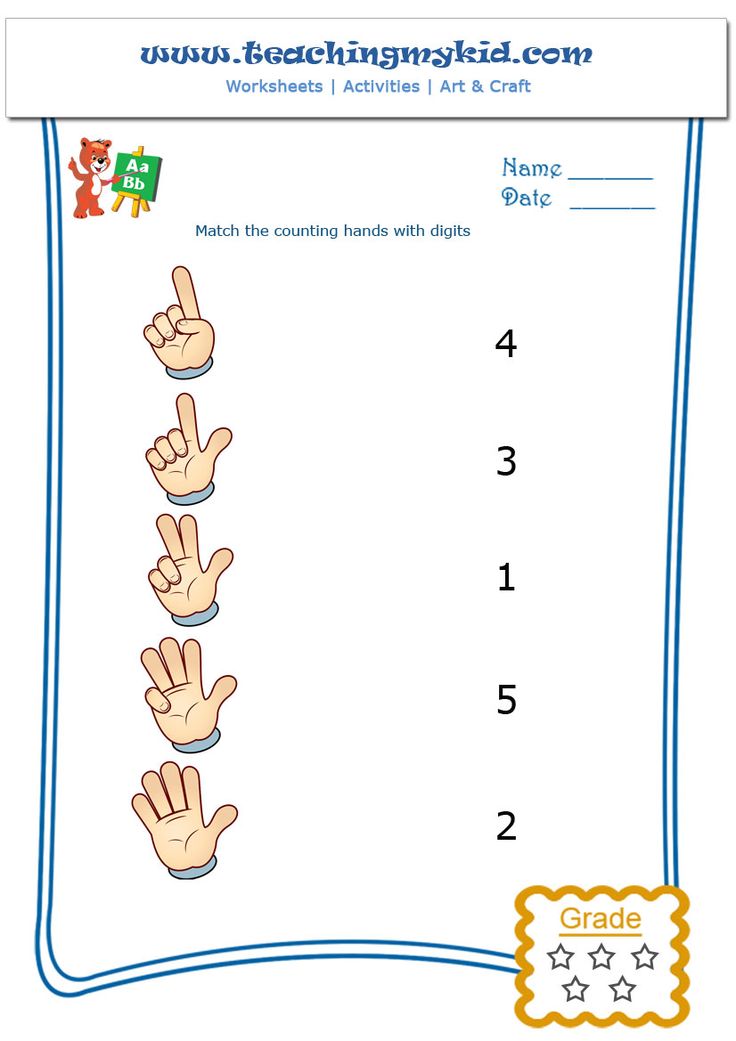 Kindergarten is the best place to do so, though, as many states do not require it anyway. In addition, kindergarten concepts are basic enough that you probably cover them on a daily basis. Any gaps that remain are certain to be reviewed in first grade mathematics. To keep track of what you’ve done, sit down after the day is over and write down in your planner what you did. I call this my “after planing” method. I don’t usually plan out our day before we start: I let her choose what we do and we live life. Chances are you can find some way those things relate to math!
Kindergarten is the best place to do so, though, as many states do not require it anyway. In addition, kindergarten concepts are basic enough that you probably cover them on a daily basis. Any gaps that remain are certain to be reviewed in first grade mathematics. To keep track of what you’ve done, sit down after the day is over and write down in your planner what you did. I call this my “after planing” method. I don’t usually plan out our day before we start: I let her choose what we do and we live life. Chances are you can find some way those things relate to math!
Here are the basic concepts commonly addressed in kindergarten math curricula for a whole year. I hope as you read through this list, you’ll think of more ways you can play games, read great books, get moving, make it real, play, and after plan to do your kindergarten math without a curriculum together. It’s more fun than you’ll believe!
- Count to 20. (Start with counting to 5, then go from there).
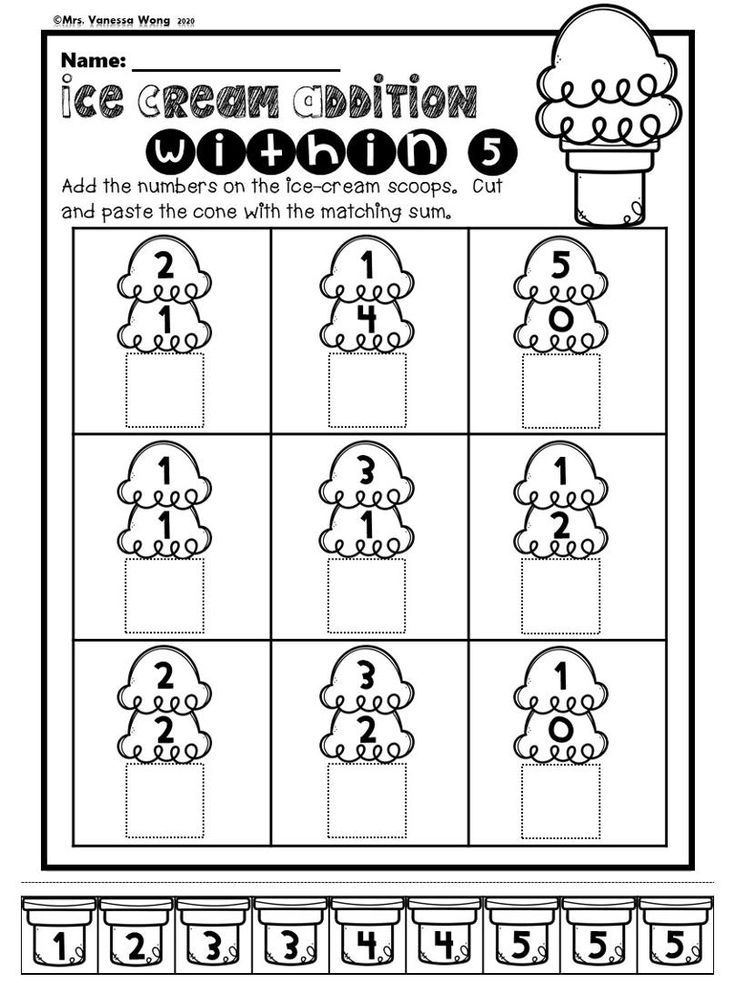
- Understand how to count to 100.
- Add and subtract within 10 (using manipulatives or images).
- Add and subtract within 5 (fluently).
- Compare numbers (greater than and less than) under 20.
- Count on from a number (…5, ___, 7, 8 ….) rather than starting at the beginning (up to 20)
- Identify missing numbers in a sequence (up to 20)
- Draw pictures or use manipulatives to show addition (5+2=7)
- Find a number to make ten when given a number between 1 and 9 (number ten bonds)
- Understand that teen numbers are 10 + a number between 1 and 9.
- Compare sizes, such as length and weight, in general using words such as taller, bigger, or shorter.
- Identify, compare, sort, and create basic shapes and make new shapes from them.
- Recognize the hour and half hour on the clock.
- Identify values of pennies, nickles, and dimes.
Rebecca
About the author
Rebecca is a homeschooling mother of three, “Raisin” born in 2007, “Strawberry” born in 2012, and “Kitty” born in 2015.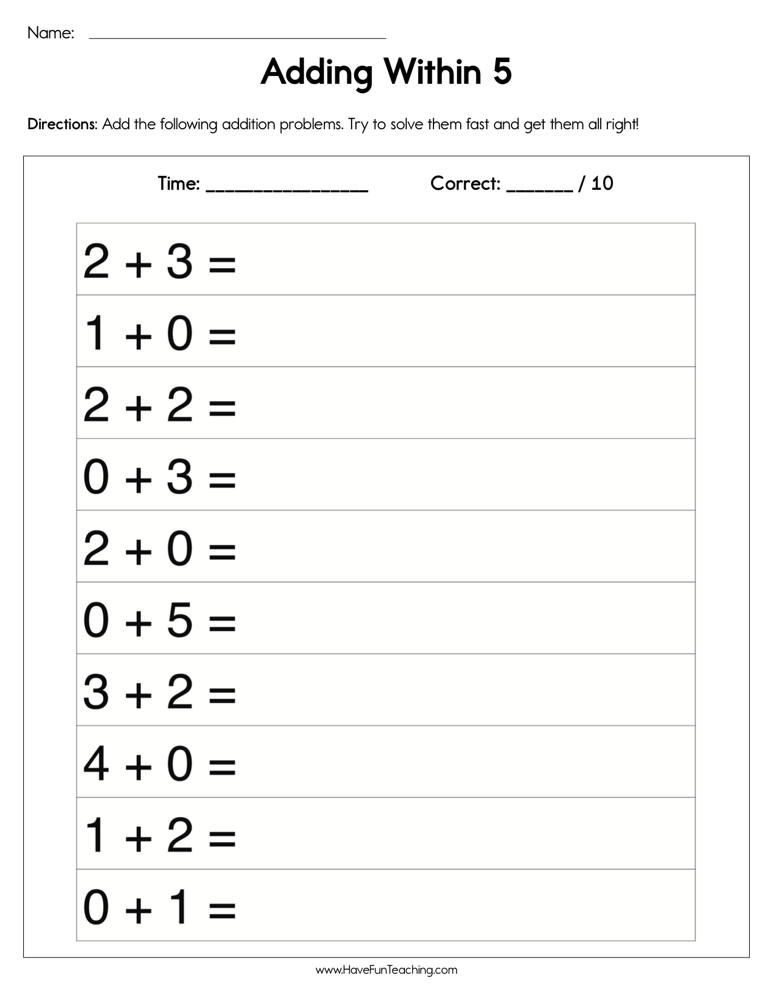 Before she stayed home with her children, she was a professional proofreader. Now that she is home with her kids, she seeks to make learning fun! She loves to incorporate literature, games, and interactive learning in to the homeschooling day. When she's not homeschooling, she loves reading, especially classical literature and history.
Before she stayed home with her children, she was a professional proofreader. Now that she is home with her kids, she seeks to make learning fun! She loves to incorporate literature, games, and interactive learning in to the homeschooling day. When she's not homeschooling, she loves reading, especially classical literature and history.
Visit My Site
Related Posts
Pumpkins, cooler weather, crunchy leaves…Autumn is such a fun and exciting time of the year. Now that the heat of Summer has subsided and you’re settling into a normal, daily homeschool routine, it’s the perfect time to add in something new. Hopefully this list of Autumn STEM activities will get you and your family excited!
Bethany Lake
What do you do when your kids struggle with a certain subject in your homeschool? You could hire a private tutor (pricey!) or find a flexible, self-paced program to meet your children’s needs. If math is your trouble spot, CTCMath may be your answer! It’s a flexible math curriculum, perfect for large families and kids
Math in the kitchen – you’ve probably heard about it before.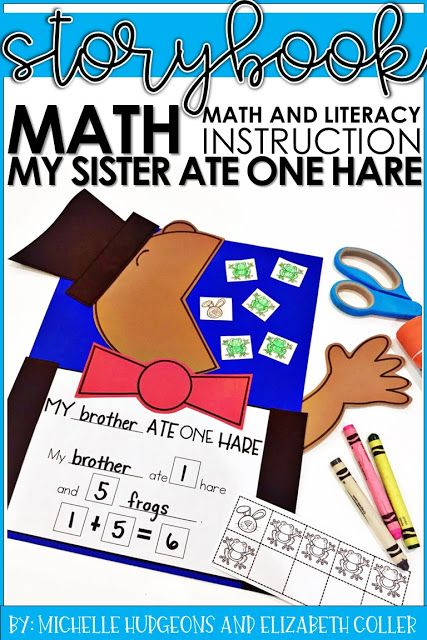 But if you’re like me, you won’t really know where to start.
But if you’re like me, you won’t really know where to start.
Awesome Math Strategies for Kindergarten and the 6 Questions to Ask Your Small Group – KindergartenWorks
By Leslie Simpson · About 3 minutes to read this article.
Teaching math strategies in kindergarten may be easier than you think. Here are the top math strategies for kindergarten that you can use in your lessons and the questions you should be asking.
I've got everything I'm sharing with you today wrapped up in my Guided Math Pack for kindergarten. That way you can use these math strategies for kindergarten easily.
What are math strategies in kindergarten
You should know that these math strategies for kindergarten came from the Kindergarten Common Core Standards. There is a whole section called "Mathematical Practice" that lists the standards below.
Now hang with me. Here are the standards as they are written out.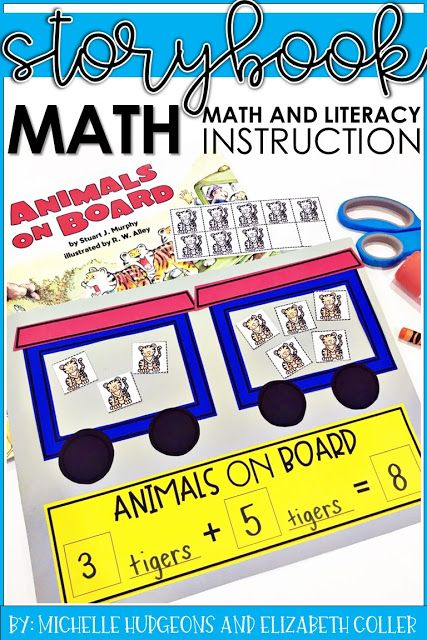 They are {ahem} super exciting so I won't be offended if you just want to jump past this list.
They are {ahem} super exciting so I won't be offended if you just want to jump past this list.
- Make sense of problems and persevere in solving them.
- Reason abstractly and quantitatively.
- Construct viable arguments and critique the reasoning of others.
- Model with mathematics.
- Use appropriate tools strategically.
- Attend to precision.
- Look for and make use of structure.
- Look for and express regularity in repeated reasoning.
Now, if you ask me - these are hardly kindergarten friendly.
But, as I planned out my guided math curriculum for kindergarten I realized that I needed to make use of them. I was supposed to be teaching them, after all.
How I made them kid-friendly
In order to make use of those silly-stated standards, I desperately needed to make them more kinder-friendly. So each standard got rephrased into a strategy or approach that we could actually use.
For example,
- "Construct viable arguments and critique the reasoning of others" became "tell and explain"
- "Attend to precision" became "check my work"
And those kinder-friendly phrases became go-to things for me.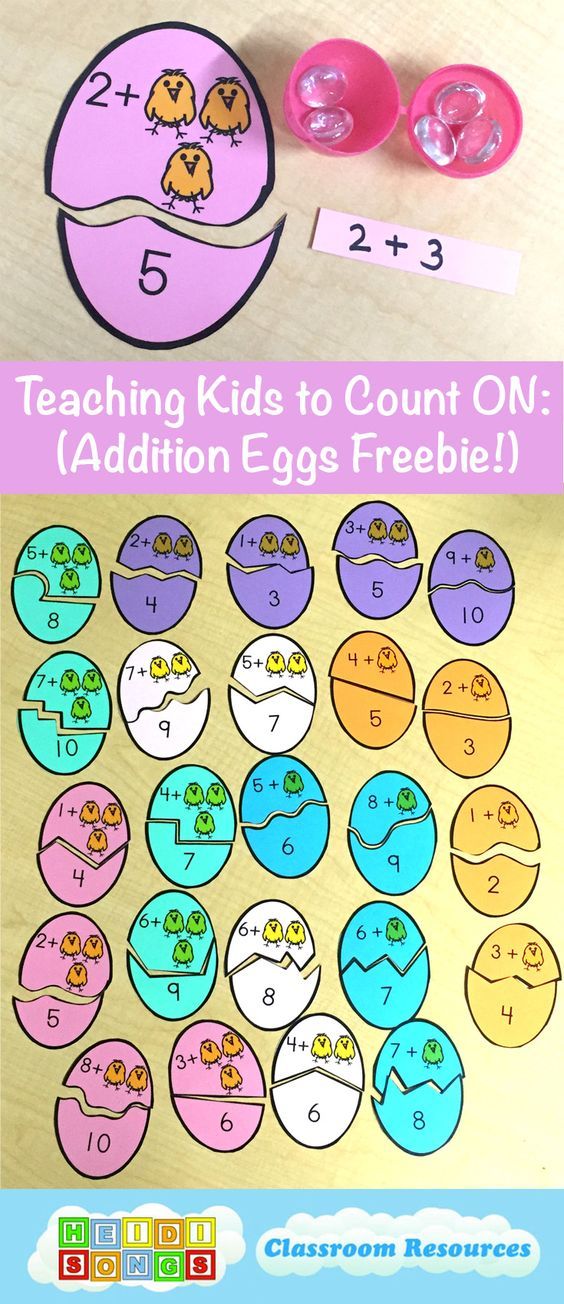
I'm not kidding. Since I was introducing and using them during small group lessons, I was able to refer to them regularly and prompt students with them.
How you can use pictures to teach strategies
Since I work with beginning readers and non-readers in kindergarten, I made icons or symbols for each strategy. This works on the same principle as illustrating guided reading strategies.
I turned each strategy into posters and cards.
These were integrated into the math prompts my students did in our math journals. They would practice one strategy each time - at the same time as working on content.
Questions to ask your small math groups
What do these math strategies mean for teaching in small groups?
Well, that meant I had questions I could ask.
- "How can you show what you are thinking?"
- "What tools did you use to figure this out?"
- "Tell us about your thinking. What did you notice?"
- "What would make good sense?"
- "What could you try?"
- "What do you notice?"
Rather than tell my students what to do - or how to solve - I could ask questions to help direct their thinking.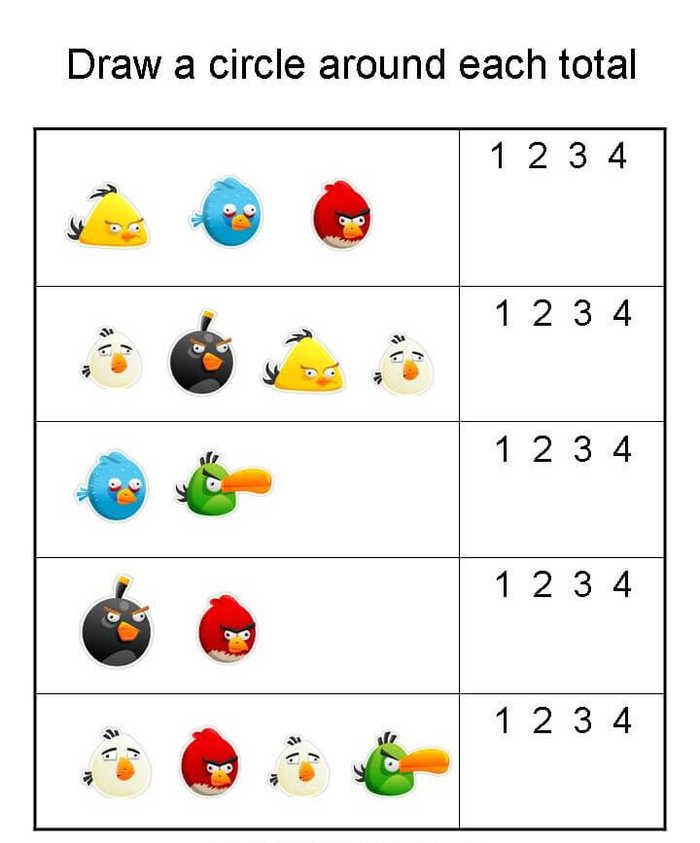
I added these math strategies for kindergarten right into my lesson plan templates too.
If you like these math strategies for kindergarten all done for you - you can get the:
- strategy posters and cards
- guiding questions to ask based on the strategies
- math journals prompts with strategies listed
- lesson plan templates with strategies listed
all in the Guided Math Pack!
If you like what I do here on KindergartenWorks, then be sure to subscribe today. I look forward to sharing ideas with you weekly.
More Guided Math
- Differentiate Math Easier with the Guided Math Pack for Kindergarten
- How to Start Guided Math
- 5 Questions to Ask Yourself When Getting Started With Guided Math
About Leslie Simpson
Leslie is the teacher behind KindergartenWorks. She believes in teaching kinders how to be pretty incredible along with teaching them to read, write and think for themselves.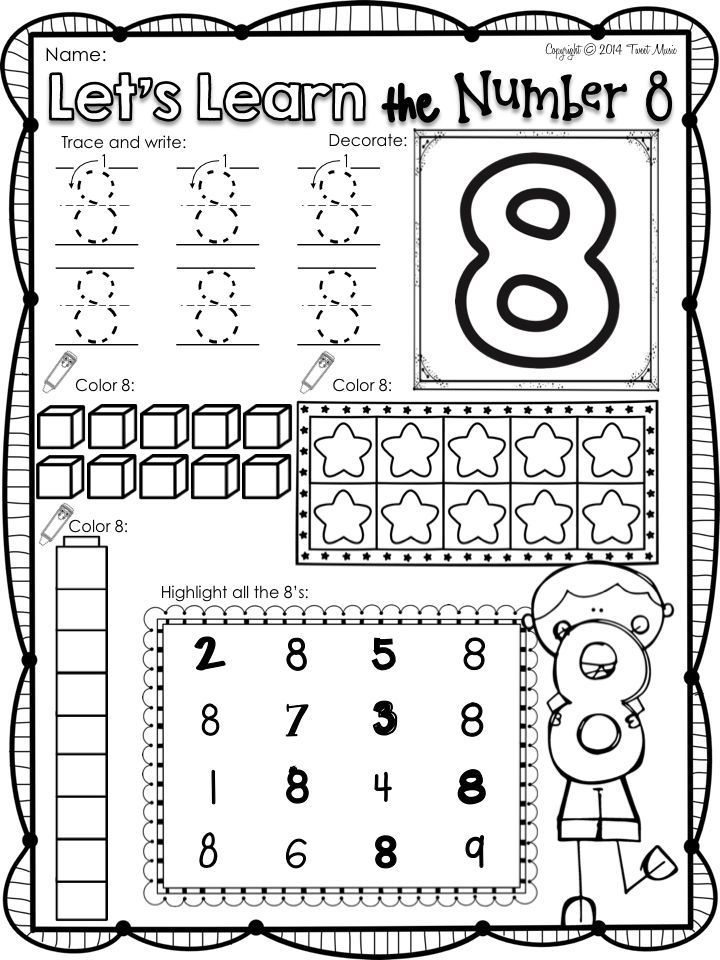 She enjoys drinking hot tea, making mud pies with her three kids and sharing what she's learned with teachers.
She enjoys drinking hot tea, making mud pies with her three kids and sharing what she's learned with teachers.
Reader Interactions
lessons, presentations, class notes, planning, electives, knowledge assessment
Publish and download methodological developments for a preschool kindergarten teacher in mathematics in preschool education. Publication of interesting and necessary materials for a teacher on teaching children mathematics in a preschool educational institution with a free certificate of publication in the media.
The section of mathematics in preschool education in kindergarten contains:
- NOD in the senior group
- Development of logical thinking of preschool children
- Kindergarten Mathematics Presentations
- Synopsis of the open GCD in the middle group according to FEMP
- Abstracts of classes in mathematics in kindergarten
- Mathematical leisure
- Lesson in mathematics in the 2nd junior group
- Abstract of a lesson for children with disabilities in mathematics
- Synopsis of GCD for FEMP
- Journey to the Land of Mathematics
- Abstract of the sensory class
- Abstract of the integrated lesson in mathematics
- Lesson on FEMP in the 2nd junior group
- Consultation for the educator
- Summary of the lesson on the formation of FEMP
- Summary of the final lesson on the formation of elementary mathematical representations
- Construct for the formation of mathematical representations
- Graphic dictations in the formation of visual-motor coordination
- Interactive Math Game
- Mathematical game library
- Summary of GCD in mathematics in the middle group using innovative technologies
- Methodical development of a lesson on the development of mathematical and sensory abilities in children
- Technological map of GCD for FEMP in the senior group
- Synopsis of OOD on the development of quantitative representations in children
- The development of mathematical abilities in children through play activities in the context of the implementation of the Federal State Educational Standard DO
The development of speech, logic and mathematics can be carried out in a playful way and perceived by the baby as a fun pastime.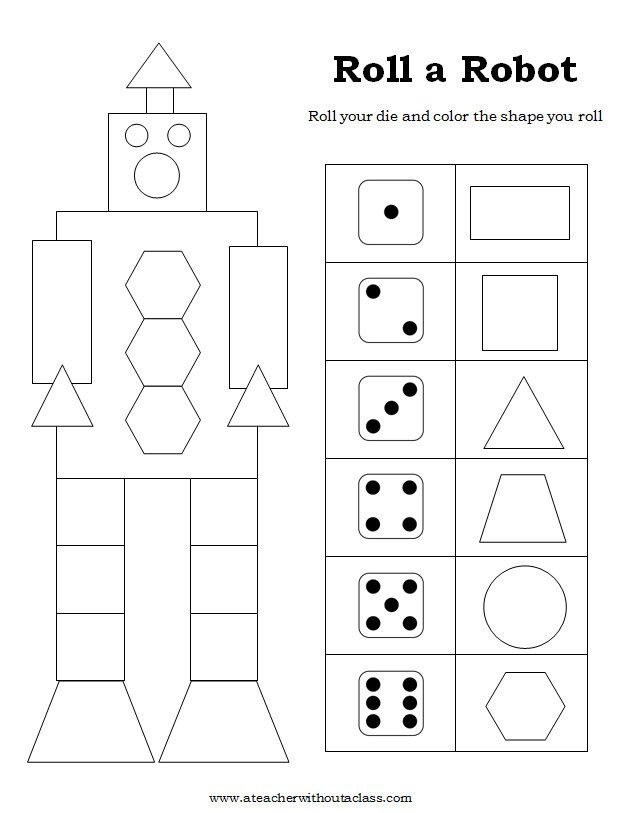 nine0003
nine0003
Mathematics in kindergarten begins in the second junior group, where they begin to carry out special work on the formation of elementary mathematical representations.
The development of mathematics by preschoolers plays an important role not only in preparing for school life, but also for the formation of logical thinking skills, the development of intelligence and understanding. Mathematics for preschoolers is usually included in the traditional developmental curriculum in kindergarten.
Here you will find lessons, notes, tests, presentations, plans, activities and other useful materials for the work of the teacher and the education of the student. nine0003
Journey to the Land of Mathematics
"Journey to the Land of Fairy Tales" Educational tasks: 1. Fix the ordinal and quantitative score within 7 2. Fix forward and backward counting within 7. 3. Improve knowledge of geometric shapes 4. Consolidate knowledge of color.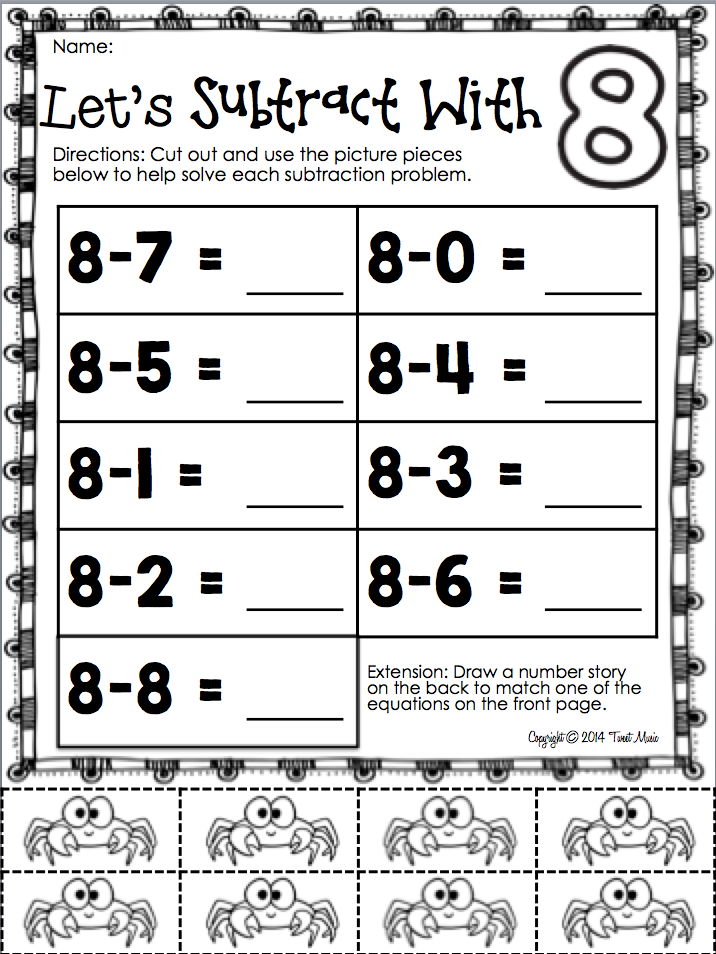 5. Complete ...
5. Complete ...
2 0 01/16/2023
"USE OF LOGICAL - MATHEMATICAL GAMES IN WORK WITH CHILDREN OF PRESCHOOL AGE." nine0005
Play is a natural activity for a child. In the game, the child masters a variety of ideas, independently "discovers" methods of action, learns some dependencies and patterns of the world around him, and expands his experience of cognition. Tasks: Pos ...
2 0 01/16/2023
Summary of the lesson on FEMP "Fun Train" (senior group)
The organized activity is structured as a journey with games and tasks for several teams of children. The abstract presents games in mathematics: the composition of a number, the repetition of numbers, the correlation of numbers and numbers, logical tasks and mathematical mobile games ...
3 0 01/16/2023
Synopsis of OOD for FEMP in the senior group "Number and number two.
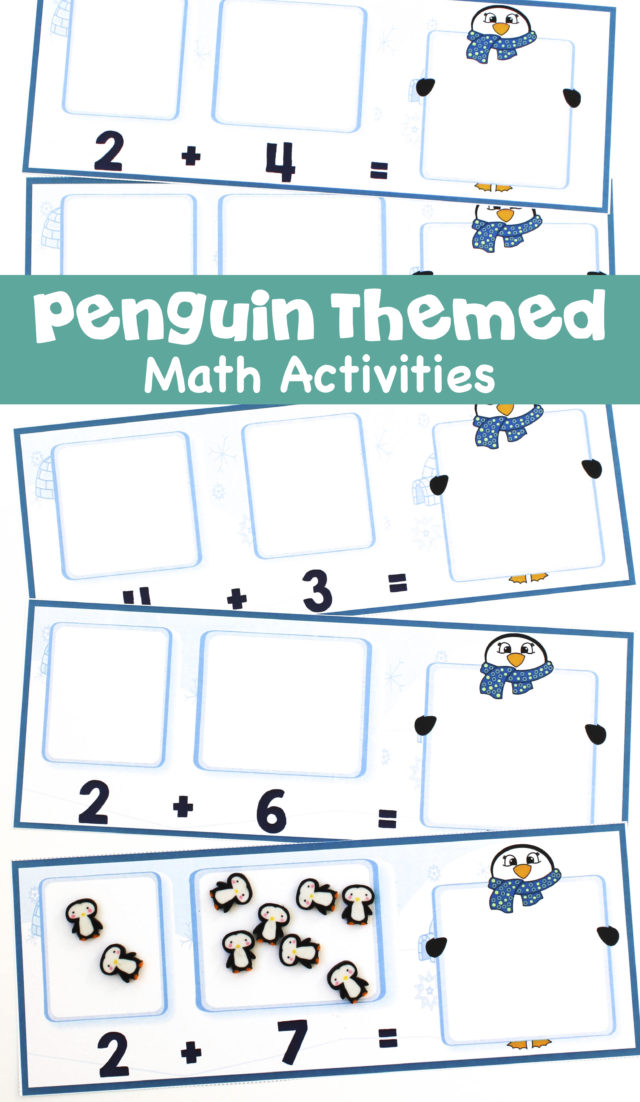 Signs "+", "="
Signs "+", "=" The publication presents a summary of a lesson in mathematics in the senior group in the form of a game-travel. During the lesson, children learn about the method of forming the number two and the number 2, practice counting forward and backward within 10, count with the help of hearing ...
nine0002 3 0 01/16/2023FEMP "Maslenitsa holiday together with Kolobok"
Purpose: To develop in children the concept of quantitative counting. Tasks: Correctional and educational: Cultivate independence and accuracy Raise interest in the national holiday "Maslenitsa" Correctional and educational: Form at d ...
2 nine0073 0 01/16/2023
Open lesson on FEMP in the preparatory group Topic: "Journey through mathematical tasks"
Direction: cognitive development (FEMP) Integration of educational areas: speech development, social and communicative development, physical development.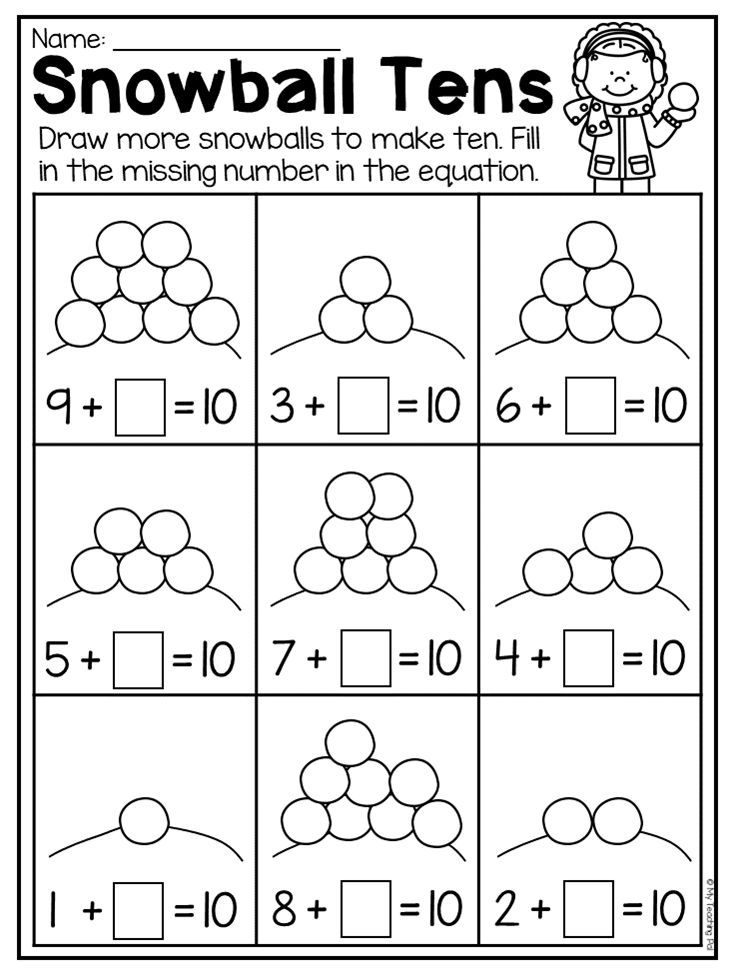 Form of organizations: group, individual. Form of conduct: a trip to the island of Wonders on ...
Form of organizations: group, individual. Form of conduct: a trip to the island of Wonders on ...
2 nine0073 0 01/16/2023
Abstract of the lesson on FEMP in the senior group
Lesson topic: "Fun mathematics" Purpose: generalization and consolidation of knowledge gained during the academic year through the organization of various activities. Tasks: Tutorials: - Improve the skills of quantitative and ordinal counting within 10; - control ...
50 7 01/13/2023
Synopsis of an integrated lesson in mathematics (second junior group)
Subject: Journey into the Forest Form of carrying out: integrated lesson game-journey Purpose: to generalize, consolidate and systematize the knowledge of children received during the year. Tasks: Educational: - consolidate knowledge of colors; - consolidate knowledge of forms (cr .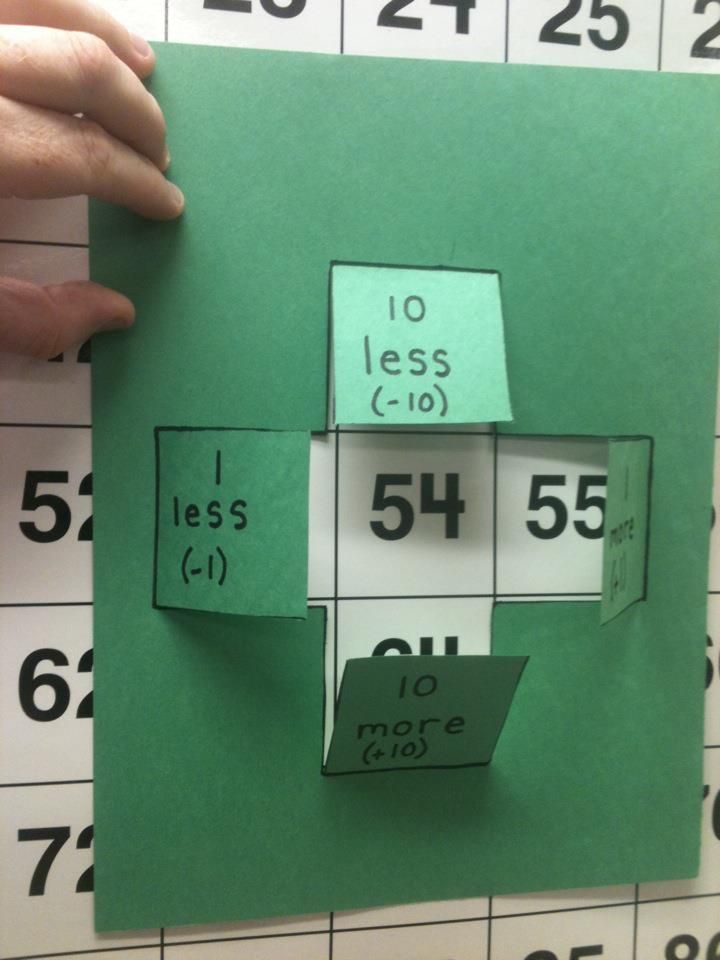 ..
..
14 1 1 01/13/2023
“Summary of the lesson on FEMP“ Traveling with Kolobok. Comparison by length "(second junior group)"
Development of logical thinking in children. To consolidate the ability to compare objects by length using application methods. To form the ability to correlate objects in shape. Develop the ability to form groups of objects. Distinguish the number of items (one - two) ...
14 0 01/13/2023
nine0004 Summary of directly educational activities for cognitive development (FEMP) on the topic: "Journey to the Kingdom of Mathematics" for children of the middle group Educational area: "Cognitive development". Purpose: development of memory, logical thinking based on the establishment of cause-and-effect relationships by comparing and analyzing groups of objects.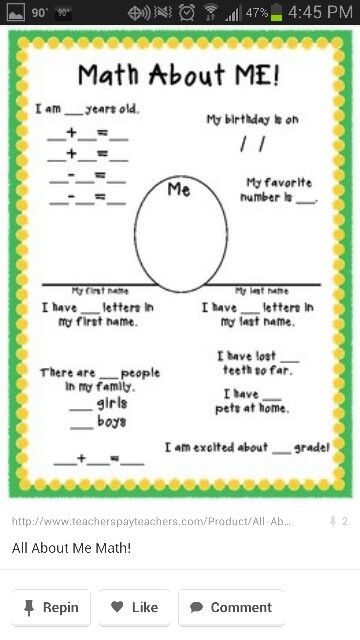 Tasks: Educational 1. To consolidate ideas about geo ...
Tasks: Educational 1. To consolidate ideas about geo ...
10 0 01/13/2023
An integrated lesson on FEMP in the preparatory group on the topic: "Dunno Helpers."
Topic: “The number 10 and its composition, orientation on a sheet of paper, logical problems with mathematical content, comparison of two numbers. Software content. 1. Learning tasks: - exercise in counting within 10, in forward and backward counting; - fix the sign ...
nine0002 44 0 01/13/2023Abstract of the quest game for children of senior preschool age "Journey of Pirates to the Island of Logic"
The material will be useful for educators of older preschool children in preparation for mathematical entertainment, the main purpose of which is the development of logical thinking and ingenuity, as well as in preparation for OOD Cognitive development Formirov .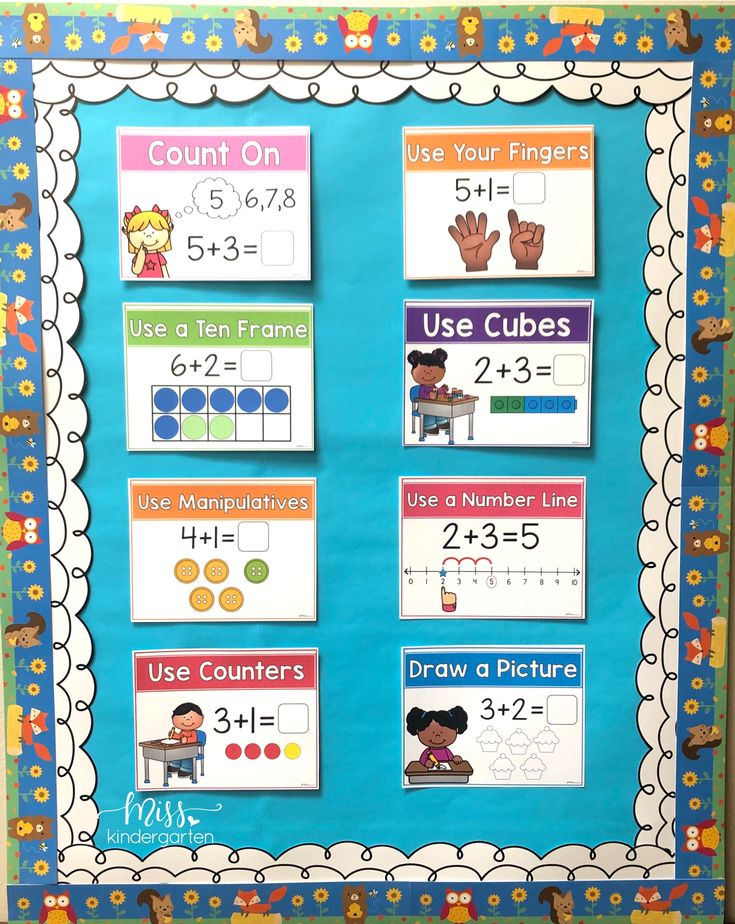 ..
..
NOD "Visiting a fairy tale"
Subject: "Visiting a fairy tale" Form of conducting: NOD, subgroup. Venue: group room Target: Strengthen children's knowledge of fairy tales through games. Tasks: 1. Strengthen the ability to find words with the sound "R" 2. Strengthen the ability to quickly find g ...
11 0 01/13/2023
Abstract of the lesson on FEMP "Solving logical problems"
Mathematics is difficult for the perception of both school-age children and preschoolers. But it is impossible not to study it, because it helps to navigate in life, develops thinking and puts the mind in order. Therefore, mathematics occupies a leading place in the system of preschool ...
25 0 01/11/2023
Abstract of the lesson on FEMP in the second junior group "Triangle, circle, square" nine0005
Equipment: ICT: laptop, projector, presentation.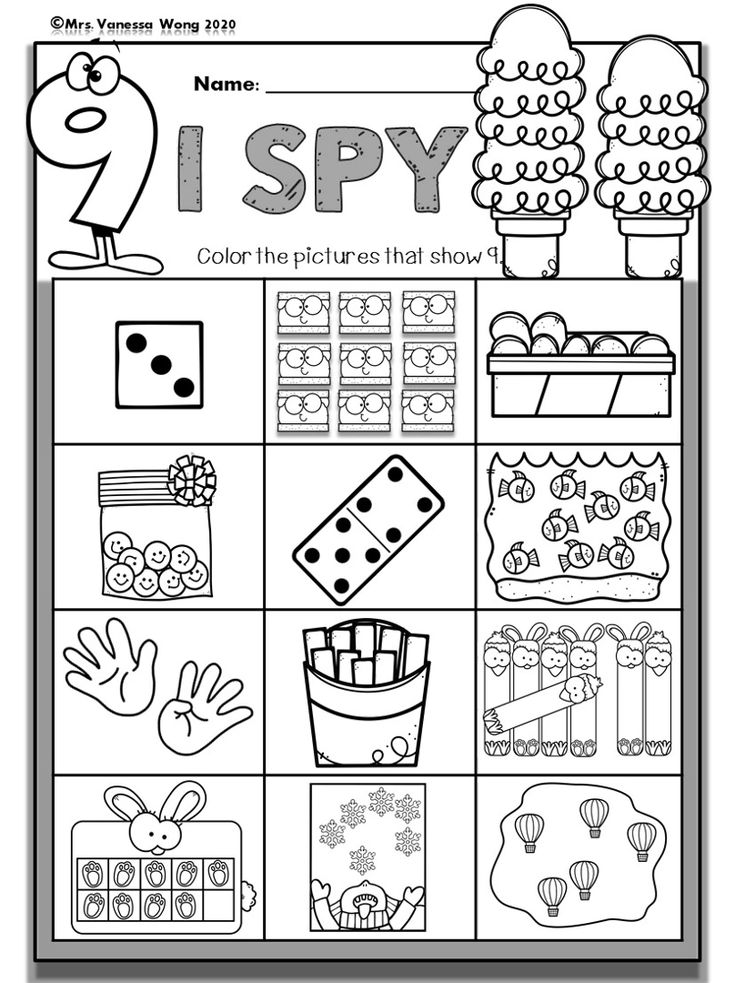 Audio recording. Boxes, bags. Green triangles. Red circles. Blue squares. Pictures: Christmas trees, pyramids, road sign; rugs, paintings, panels; apple, buttons, k ...
Audio recording. Boxes, bags. Green triangles. Red circles. Blue squares. Pictures: Christmas trees, pyramids, road sign; rugs, paintings, panels; apple, buttons, k ...
30 1 01/09/2023
Workshop for teachers "The role of didactic games in the formation of elementary mathematical concepts in older preschoolers" nine0005
Didactic games play an important role in the development of elementary mathematical concepts. The main task of didactic games of a mathematical orientation is teaching children to distinguish, highlight, name sets of objects, figures of a geometric plan, ...
36 0 01/09/2023
CONSULTATION FOR PARENTS "We play mathematicians with children" preparatory group.
Ready-made material for use by parents and teachers of preschool educational institutions or boarding schools.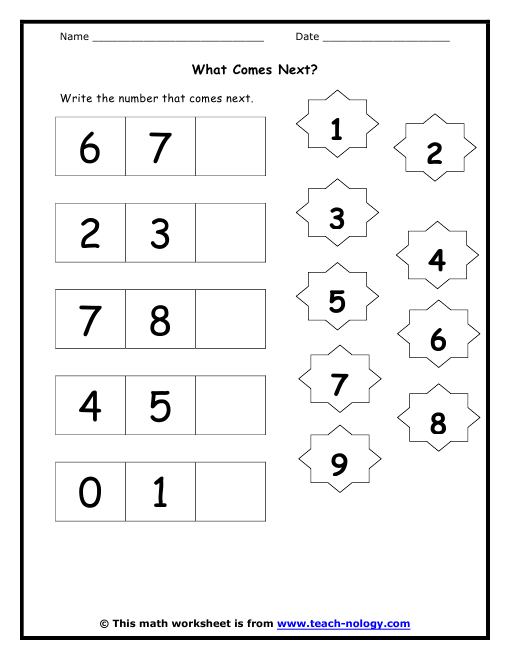 The material was compiled for children of the preparatory group 6-7 years old. Contains logic puzzles and questions. These tasks will help parents and educate ...
The material was compiled for children of the preparatory group 6-7 years old. Contains logic puzzles and questions. These tasks will help parents and educate ...
16 0 01/05/2023
"The Realm of Magic Numbers and Geometric Figures"
Open lesson on FEMP in the middle group No. 1, division 1, GBOU 15, Moscow. Topic: "The Kingdom of Magic Numbers and Geometric Figures" Performed: Middle group teacher Batkaeva Yulia Viktorovna ...
9 nine0073 0 01/05/2023
Summary of GCD on FEMP in the preparatory group on the topic: "Spatial representations", Blue snake
Purpose. Consolidation of spatial representations. Tasks: Educational • Exercise in the ability to navigate on the plane of the rectangle. • Exercise in terms of above - below, in front - behind, left - right. • Practice reading the group plan.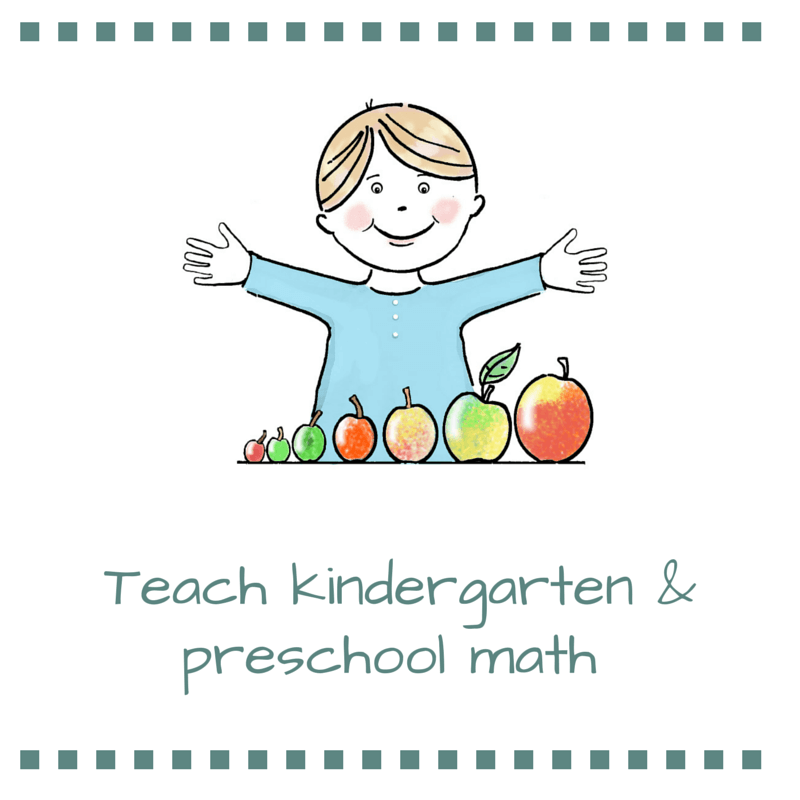 ...
...
14 nine0073 0 01/05/2023
Synopsis of an open lesson in the middle group "Sunny meadow" "Journey to the Kingdom of Mathematics"
Synopsis of an open lesson in the middle group "Solnechnaya Polyanka" MBDOU kindergarten "Crane", r.p. Annunciation "Journey to the Kingdom of Mathematics" Target: - the formation of elementary mathematical concepts in children in a joint game activity ...
30 nine0073 0 12/29/2022
"We should teach math to kids in kindergarten"
Stanford University professor Deborah Stipek believes mathematics should be taught starting in kindergarten. According to research, this provides the necessary foundation for further learning and even instills a love of reading, writes Quartz.
Read Hi-Tech in
Parents don't need to be convinced of the importance of early literacy. Reading, singing, and talking to children before they can read for themselves helps pave the way for curiosity, empathy, and a lifelong love of reading.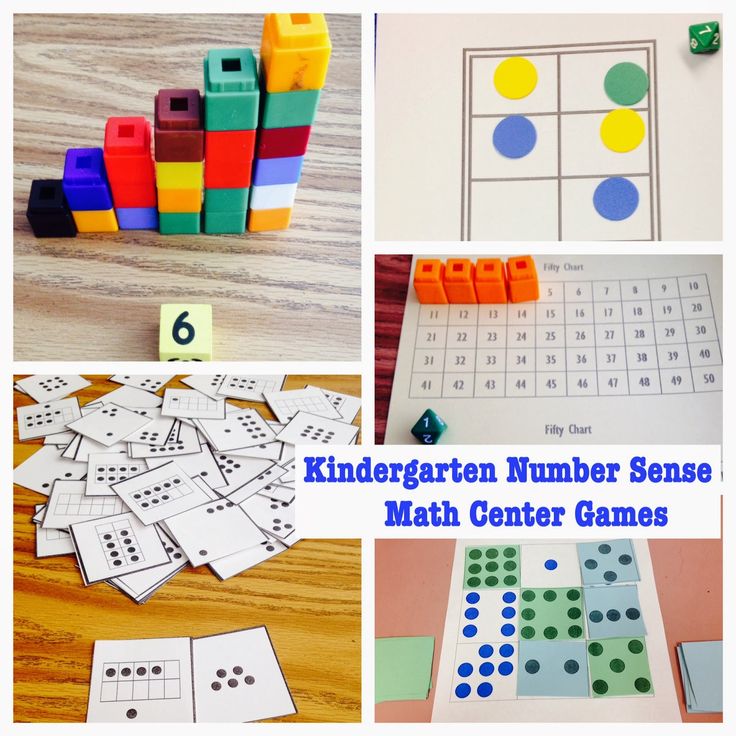 nine0003
nine0003
Mathematics is more complicated: it is still perceived as something additional, auxiliary and practical, and therefore does not require early learning. For example, from the point of view of many parents, she teaches the child to navigate the adult world, count money, change, and so on.
Recently, however, scientists are increasingly approaching mathematics as a field of humanitarian knowledge, which lays the foundation for logical thinking, proactivity and the child's ability to solve life's problems and even learn other subjects. For example, a 2007 study by the Russel Sage Foundation found that the presence of math skills in preschool children had a positive impact on reading skills in the third and fifth grades. Greg Duncan, a professor at the University of California at Irvine, argues that children with poor performance in mathematics are 13% less likely to graduate from high school and have 29% less likely to get into college.
"We are nearing the end of the automotive age"
Opinions
Today in American kindergartens, only 3% of teaching time is devoted to math, compared to 10% for literacy and 60% for eating and sleeping.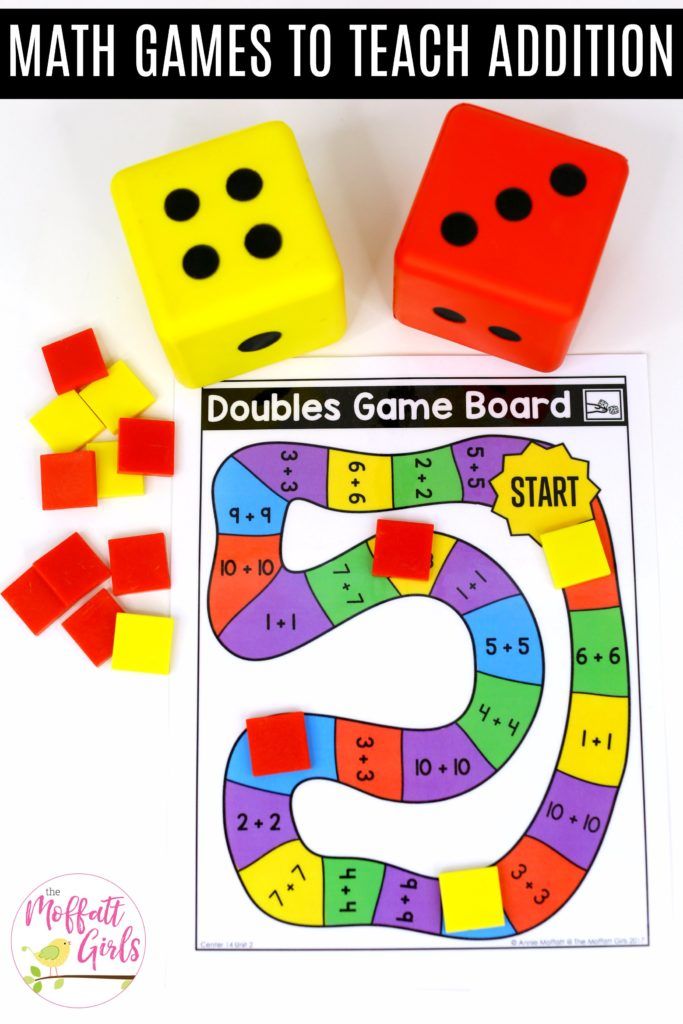 Back in 1998, 70% of teachers were convinced that in kindergartens it was not worth it to “load” children with reading at all. But by the 2000s, only 20% remained, says Daphne Bassock, an assistant professor of education and public policy at the University of Virginia. nine0003
Back in 1998, 70% of teachers were convinced that in kindergartens it was not worth it to “load” children with reading at all. But by the 2000s, only 20% remained, says Daphne Bassock, an assistant professor of education and public policy at the University of Virginia. nine0003
It is not surprising that many teachers perceive mathematics as something that will “load” young children so much that they will then become depressed from fatigue. According to Stipek, teachers do not see the root of the problem, which lies in the way of teaching and attitude to the subject.
The opinion has taken root in society that mathematical abilities are a natural gift. But for scientists there is no division into "humanitarians" and "techies": there is a difference in education, psychology ("image of oneself" as a closed or liberated person) and way of thinking ("proactive" or "reactive"), which is just laid with diaper. Another Stanford professor, Carol Dweck, believes that this kind of "fixed" thinking is extremely toxic: studies show that children who believe that their mathematical abilities are deterministic have lower academic performance than those who tend to think that their knowledge depends on effort.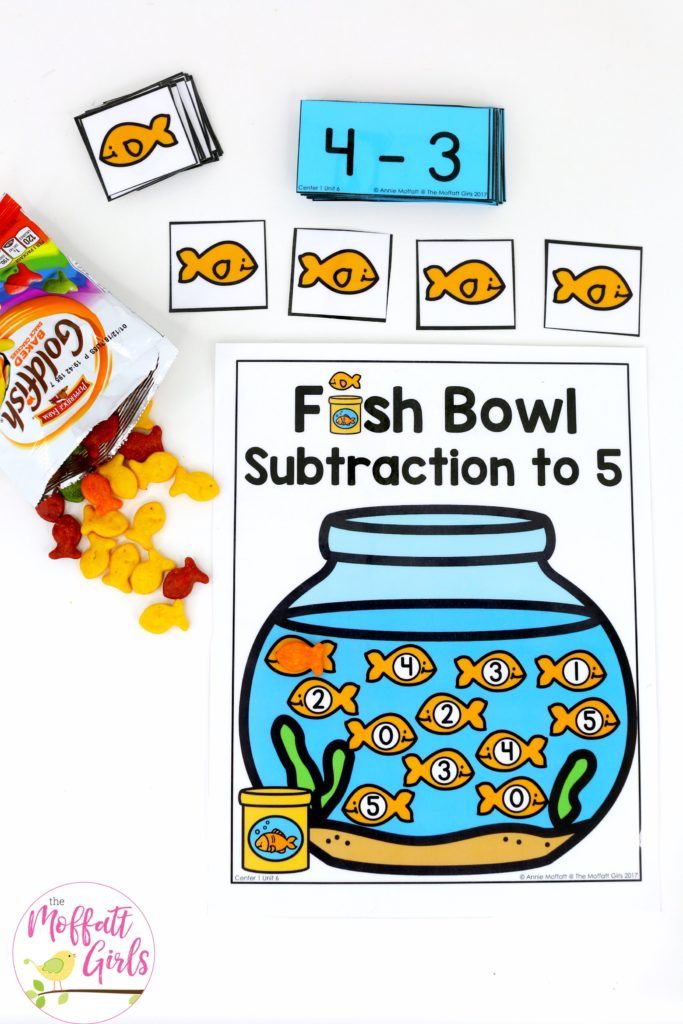 nine0003
nine0003
Enevate Introduces 5-Minute Electric Vehicle Charging Technology
Case Studies
Many parents raised this way don't do math with their kids for the same reason - they think they're not very good at science. Laura Overdeck, who has a degree in astrophysics and an MBA, tried to translate mathematics into a game form. “If at dinner we talked about ninjas and giraffes, then the math bedtime story was also about ninjas and giraffes,” she says. These stories became so successful that Laura's neighbors asked her to email them. Thus, an entire Bedtime Math company was born with books, an application and courses. nine0003
Stipek also develops math programs that are completely game-based and focus on mind development rather than cramming or mindlessly memorizing math formulas.
"The rate of aging can be slowed down to a negligible level"
Opinions
Solving abstract mathematical problems and equations does not bring concrete benefits - students do not understand why they need it, entrepreneur Elon Musk believes.